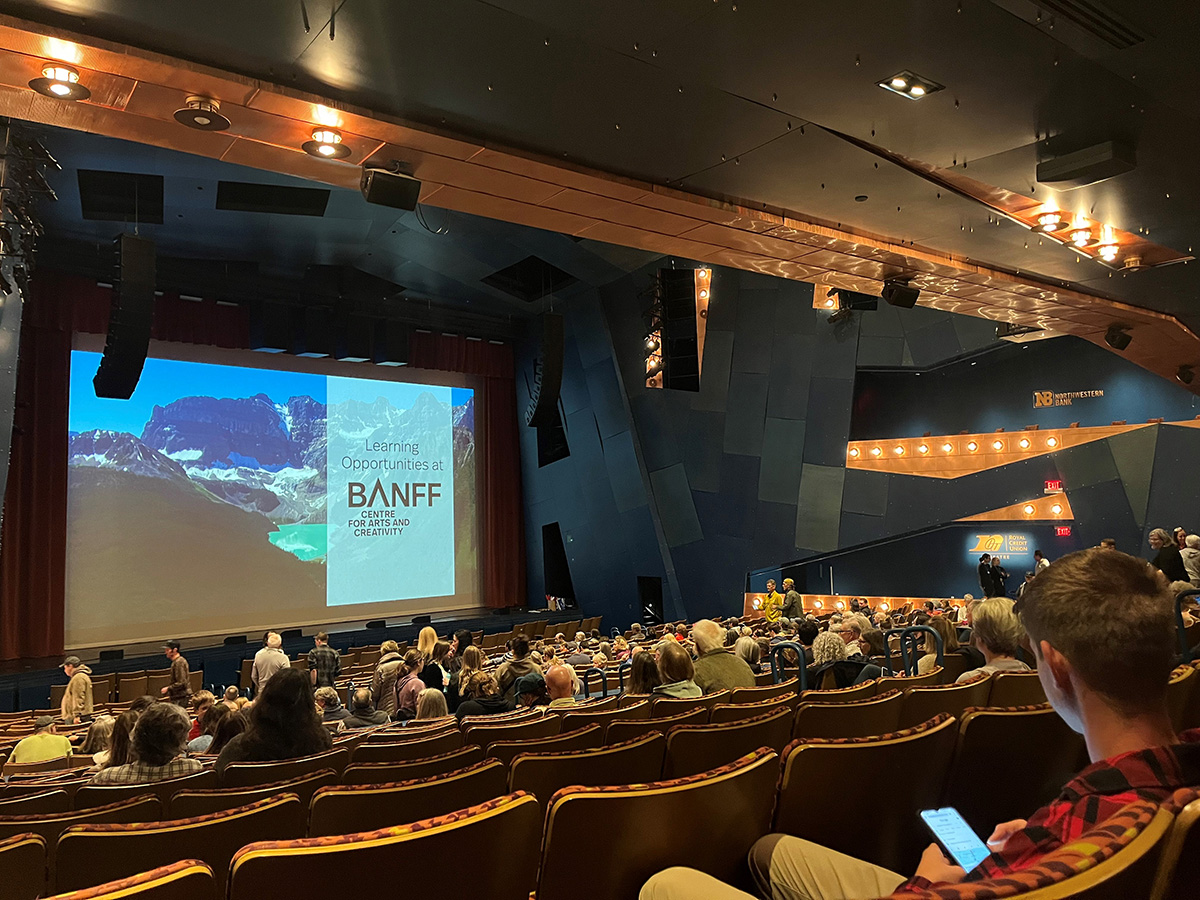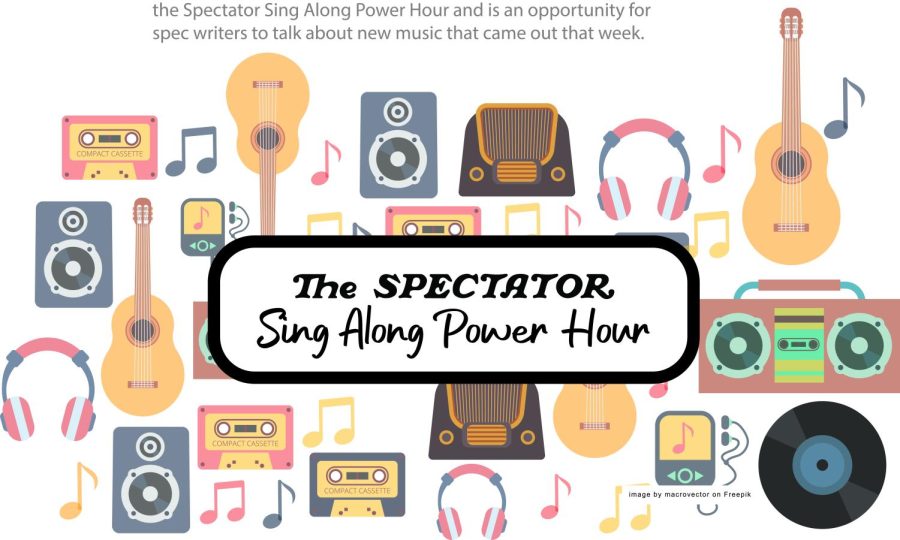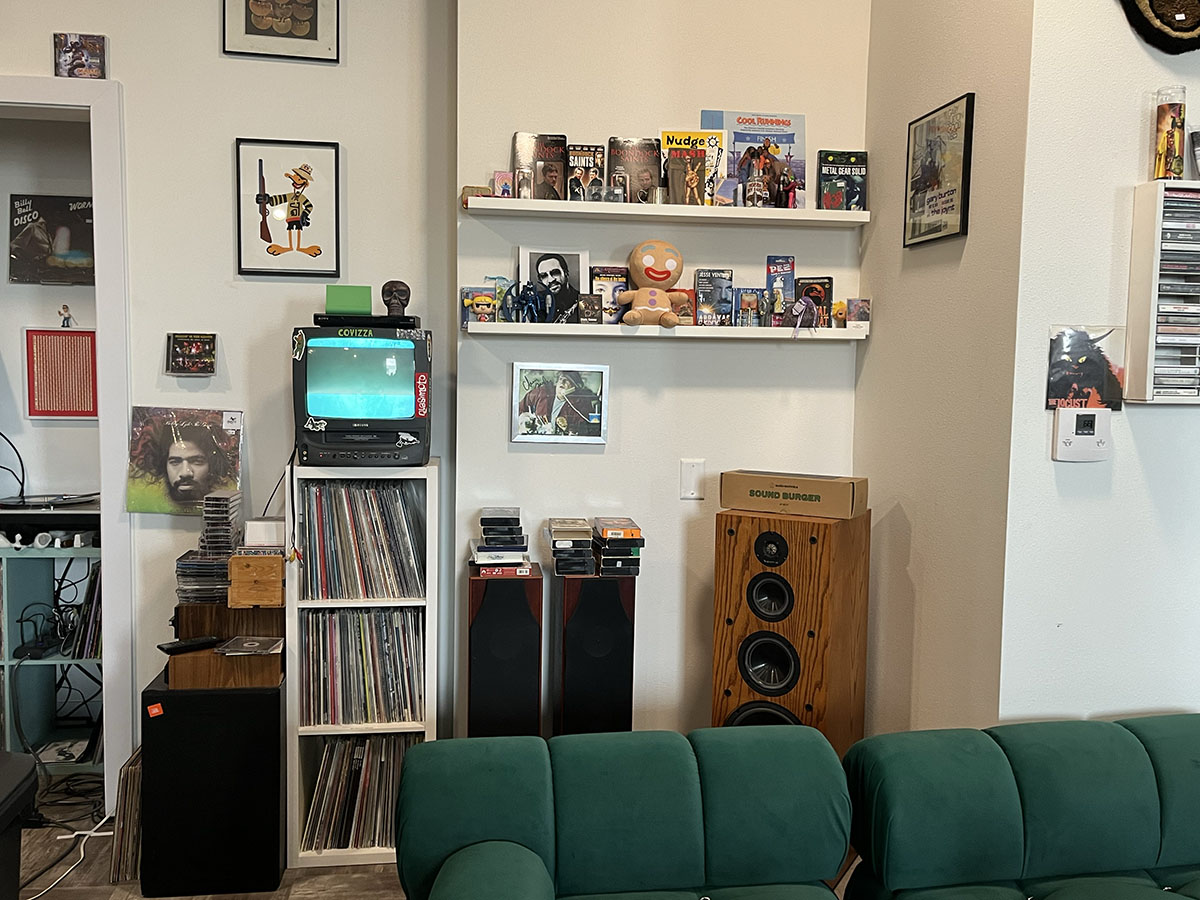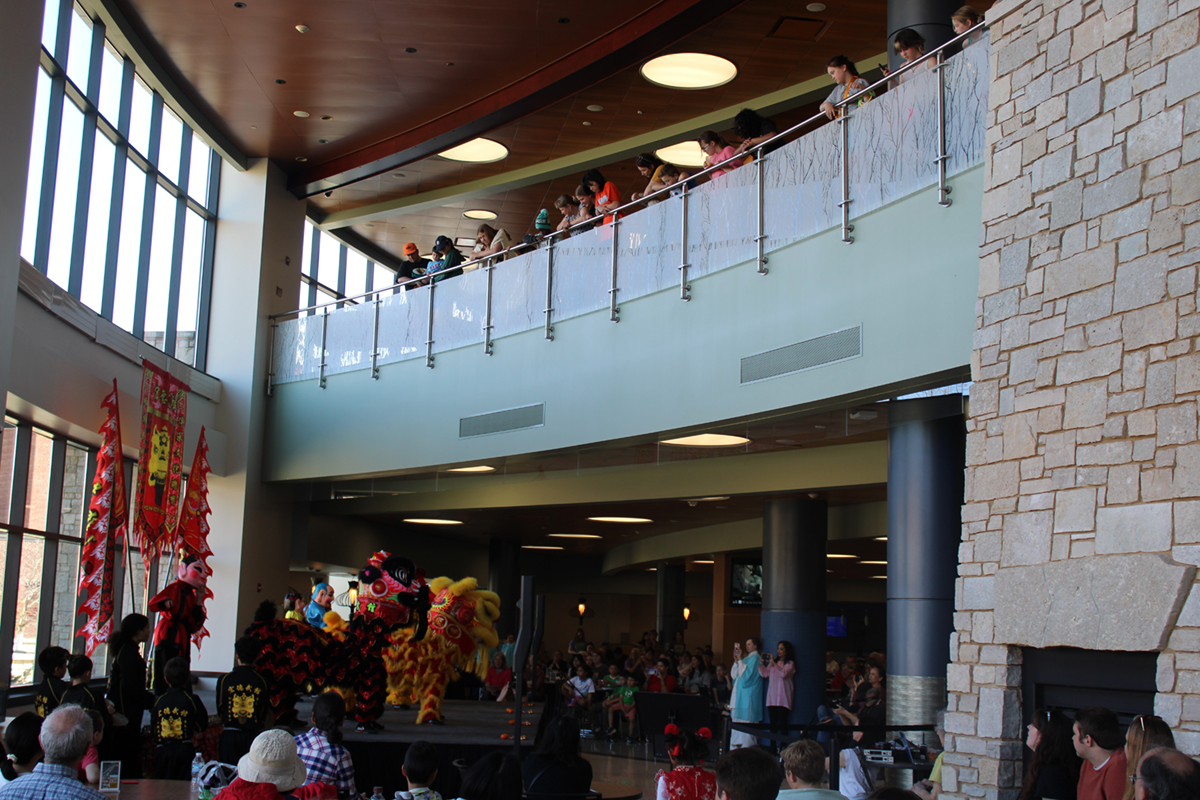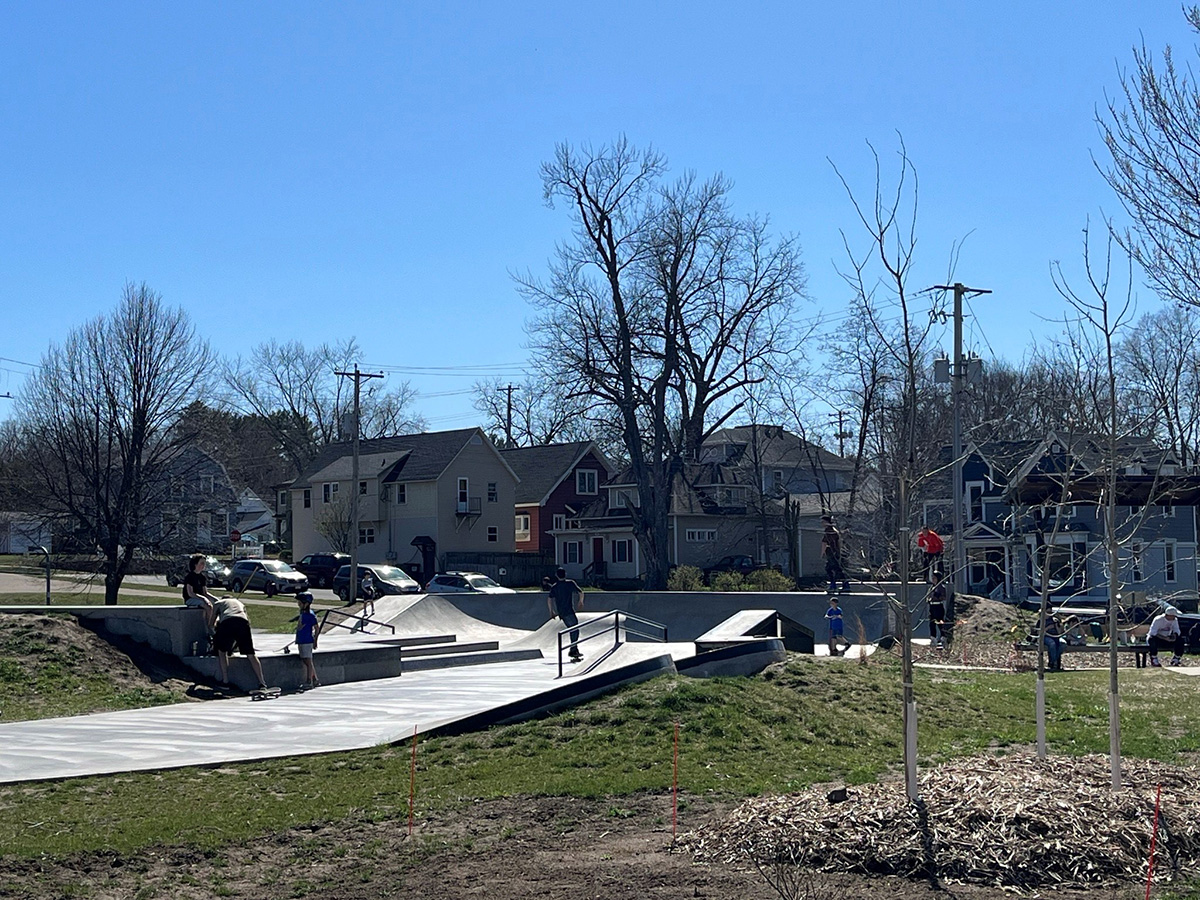Traditional photographs can’t be found in “Residual Reality.” There aren’t any landscapes or photos documenting the world. Instead, this exhibition, now at the Foster Gallery of the Haas Fine Arts Center, brings together artists that use art and innovative techniques to create their work.
UW-Eau Claire assistant professor of photography Jyl Kelley organized this exhibition with the help of the photography classes’ students.
“The students were really involved in making this show and putting it up together,” Kelley said. “They helped decide what we were putting in this show as well.”
Kelley invited Joyce Neimanas and Patrick Nagatani, who were Kelley’s professors at The School of the Art Institute of Chicago and at the University of New Mexico, to show their work at the exhibition.
Ken Josephson, Scott Rankin, Min Kim Park and Daniel Kaufmann, among five other artists, were invited as well. At the show, visitors will also find art from artist and mentor Robert Heinecken.
Heinecken influenced many students throughout the country and was an artist who transformed photography in art, using collages and reprocessed photographs in his work, for example.
“Heinecken influenced many people including my mentors, Joyce Neimanas and Patrick Nagatani,” said Kelley. “He was a key figure in defining a new way to look at what photography is. Heinecken would find pictures of things and re-contextualized them in collages and new forms, which is very exciting.”
For senior Charlie Collier, his favorite photograph was the “Cliché Vary” series by Robert Heinecken, where he reproduced and overlapped photos of naked women, in addition to written phrases.
“The exhibition is definitely worthwhile; I was surprised with what I found here, all the artworks are very interesting,” Collier said.
Another focal point, Joyce Neimanas’ “Choreographed Footage,” incorporates animation into video. Neimanas said the feet in the video appear to be dancing, but actually they are walking. With the animation, interesting movements are made by the feet, which would be impossible in real time.
In her other works at the exhibition, Neimanas used a scanner and enlarged an object to capture its minute details.
Freshman Erin Gadient enjoyed trying to interpret “The Yellow Legal Tablet,” by Neimanas.
“It looks like it’s 3-D and that I can touch it and rip the pages out,” Gadient said.
The South Korean artist Min Kim Park used large-format photography and video to show her work. To create her “Zummarella” series, Park invited ordinary American women to pose for her in superhero positions.
“I came up with this new Korean word ‘Zummarella,’ which ‘zumma’ comes from the Korean word ‘azuma,’ where the closest translation would be housewife, and ‘rella’ comes from Cinderella,” said Park.
Min Kim Park explained that “Zummarella” is basically about empowered women in the 21st century that try to be super-moms, good wives and have great careers all at the same time.
Professor Jyl Kelley has her own work at the show as well. For the first time, Kelley exhibits an apparatus she uses to create her photographs called “Pinhole Camera Apparatus.” This apparatus consists of wood pinhole cameras that Kelley created by hand.
“The four by five wood pinhole cameras open at the same time when I trigger them and make one single picture,” Kelley said. “I’ll take the pieces of film from each camera and I’ll process it. Then I’ll scan them, so they become digital. I’ll make multiple pictures and I’ll create movies out of them.”
Neimanas said students should come to the Foster Gallery to have the opportunity to see artwork out of textbooks and the Internet.
“A lot of works can be seen on books and on Internet; these pieces are very physical,” she aid. “The students have the chance to see something that is unique at the moment. Also, they should see the exhibition because photography is being used in a different way than we normally think of.”

